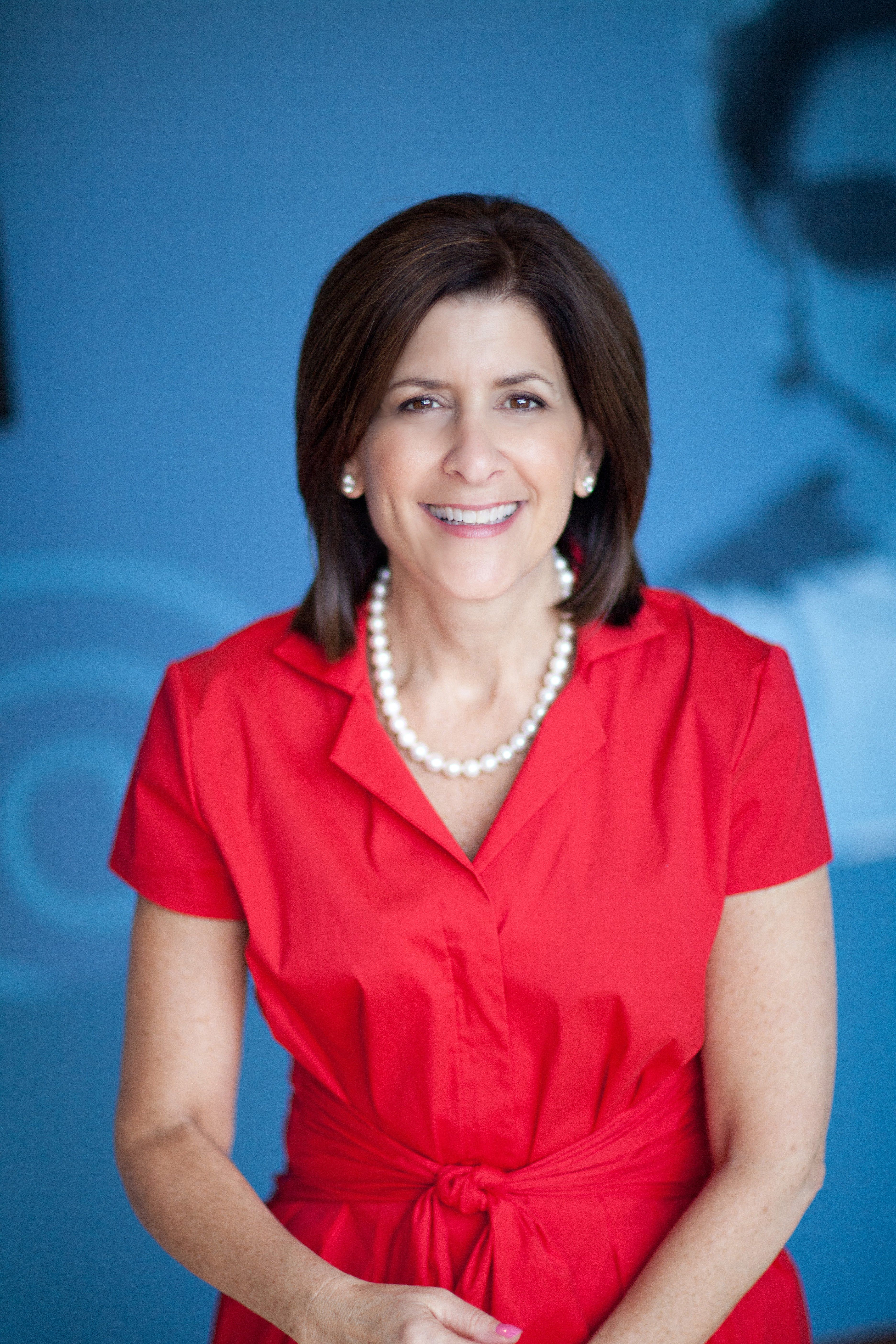Hospital CEO Keeps Pediatric Care Local
This month’s featured exec is Deborah Feldman, president and CEO of Dayton Children’s Hospital. Here, she sheds light on how the future of healthcare is shaping up, and how value-based care, the ACA, and pediatric pain management fit in.
Feldman

Deborah Feldman, president and CEO of Dayton Children’s Hospital, has one goal in mind: “Keeping more of our children local for their care,” she says.
The hospital, the only pediatric one in the Dayton, Ohio region, provides care for more than 300,000 children every year across 20 Ohio counties and eastern Indiana in a network of care facilities.
“Dayton Children’s has seen a significant increase in patients over the last several years despite being in a market which is demographically not growing,” says Feldman,
Upon joining the organization in 2012, she led the creation of Destination 2020, a strategic roadmap to guide the hospital into the rapidly changing future of healthcare.
Managed Healthcare Executive (MHE): What is the biggest win that you have had at Dayton Children’s Hospital?
Feldman: We have been laser-focused on executing Destination 2020. The plan has four pillars: Providing the exceptional patient experience, offering the right services, building strong physician integration between our pediatric subspecialists and our community pediatricians and family physicians, and developing positive care alliances between Dayton Children’s and other healthcare institutions, such as hospitals, medical schools, etc. Additionally, the plan includes four internal momentum builders: the right talent, modern technology, proactive culture, and financial vitality.
As a result of the plan, we identified key strategies including:
- The need to upgrade our facilities, resulting in the opening of a new state-of-the art patient tower in 2017 and an ambulatory destination center including an emergency department, surgery center, imaging, orthopedic and sports medicine center, a medical office for comprehensive ambulatory services, a sleep center, and two private pediatrician offices.
- The need to recruit more physicians to provide the right services for our community, resulting in the recruitment of more than 100 new pediatric subspecialists, adding or expanding needed medical services and reducing wait times for appointments.
- Significantly expanding our outpatient mental and behavioral health services. We will soon be opening both a behavioral health emergency assessment center and 24-bed inpatient unit.
- The development of a Clinically Integrated Network with more than 100 of our local pediatricians participating.
- Building upon and adding new healthcare organizations as partners.
- Strengthening our culture through employee and physician engagement, both are now in the top decile of engagement across both all hospitals and children’s hospitals.
MHE: How has the ACA impacted your hospital?
Feldman: As a pediatric hospital, the protections that came with ACA have and continue to positively impact many of the children we care for here. The elimination of life-time maximums and providing protection for those with pre-existing conditions for our privately insured families has been extremely beneficial.
Although Ohio is a Medicaid expansion state, children in Ohio were already eligible for Medicaid up to 211% of the federal poverty level, covered by the combined Medicaid and CHIP. We did advocate strongly for Medicaid expansion because we recognized that the health of the entire family significantly impacts the health and well-being of children as well as impacting the long-term economic vitality of our state.
MHE: What specific value-based purchasing agreements have you established with managed care plans and how effective in improving outcomes and reducing costs have they been?
Feldman: Dayton Children’s, through its clinically integrated network, has entered a shared savings contract with Anthem. It is in the first year of this contract and doesn’t have outcome or cost results yet. It has been tracking data on a number of health indicators through its Anthem plan and has targeted several measures for focus in this first year, including well child visits, asthma medication compliance, and emergency department utilization.
MHE: Opioid addiction is another problem high on the radar of providers and payers. How is your hospital approaching pain management?
Feldman: As a pediatric hospital, our challenges with opioids are somewhat different than the adult hospitals. However, we do have an innovative pain management program for our children that includes the use of spinal blocks.
Kristen Spisak, MD, a physician in the anesthesiology department and a member of the pediatric anesthesiology team at Dayton Children's Hospital, started the Dayton Children’s acute pain service. She and her team have increased the use of nerve blocks at Dayton Children’s to better manage pain and decrease the amount of opioid pain medication a child needs after surgery. By injecting medication around the nerve of the affected area, we can provide pain relief for up to 24 hours. A regional block can also be combined with general anesthesia, so a child will still be asleep for their operation, but they will require less anesthetic and need lower doses of other painkillers after their surgery. Fewer opioids means quicker recovery times after surgery, less nausea, less constipation, quicker return to solid foods, and quicker return to movement-all equaling quicker recovery overall. In the first few months, we did more than 100 blocks a month. When surveyed, 93% of respondents said the child had little or no pain after surgery and 98% said they had little or no nausea. This truly is giving our kids a much better experience.

Doing More and Saving More with Primary in Home Care
September 1st 2021In this week’s episode of Tuning In to the C-Suite podcast, MHE Associate Editor Briana Contreras interviewed VillageMD’s Senior Medical Director of Village Medical at Home, Dr. Tom Cornwell. Dr. Cornwell discussed the main benefits of primary care at home, which includes the benefit of cost savings for patients, maintaining control of hospital readmissions and others. Dr. Cornwell also noted what has changed in the industry of at-home care and if there has been interest from payers like insurance companies and medicare in the service.
Listen